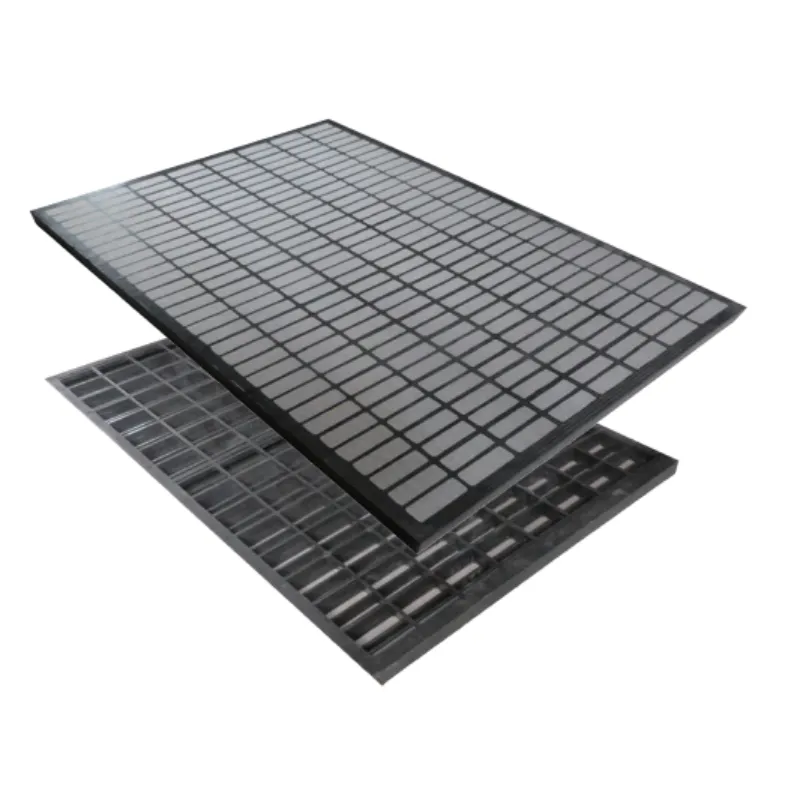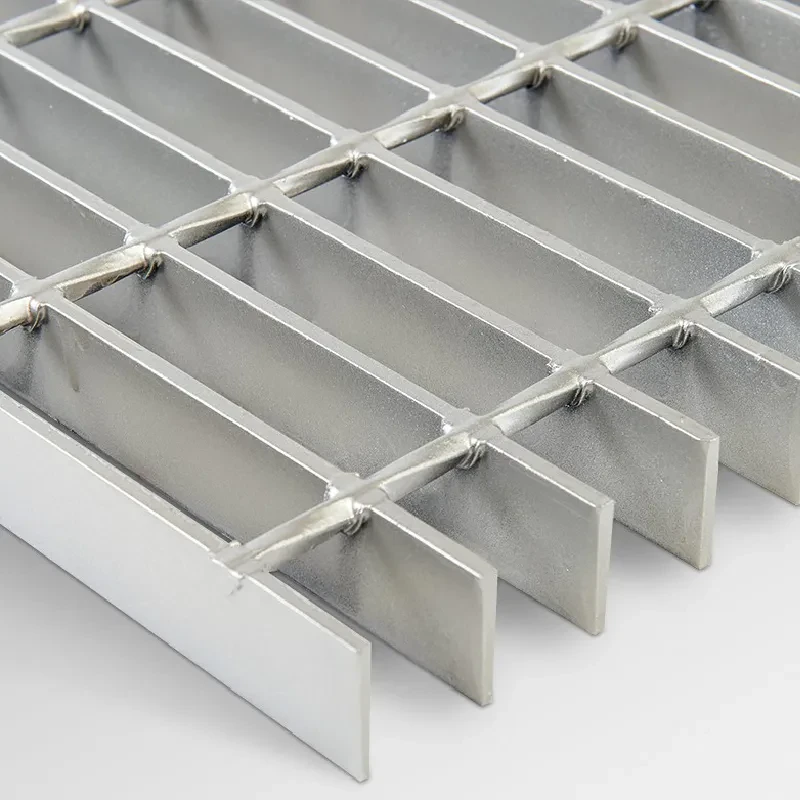- Industrial zone, South of Anping Town, Hengshui, Hebei, China.
- sales@hfpetromesh.com
- +86-18931809706
 Afrikaans
Afrikaans  Albanian
Albanian  Amharic
Amharic  Arabic
Arabic  Armenian
Armenian  Azerbaijani
Azerbaijani  Basque
Basque  Belarusian
Belarusian  Bengali
Bengali  Bosnian
Bosnian  Bulgarian
Bulgarian  Catalan
Catalan  Cebuano
Cebuano  Corsican
Corsican  Croatian
Croatian  Czech
Czech  Danish
Danish  Dutch
Dutch  English
English  Esperanto
Esperanto  Estonian
Estonian  Finnish
Finnish  French
French  Frisian
Frisian  Galician
Galician  Georgian
Georgian  German
German  Greek
Greek  Gujarati
Gujarati  Haitian Creole
Haitian Creole  hausa
hausa  hawaiian
hawaiian  Hebrew
Hebrew  Hindi
Hindi  Miao
Miao  Hungarian
Hungarian  Icelandic
Icelandic  igbo
igbo  Indonesian
Indonesian  irish
irish  Italian
Italian  Japanese
Japanese  Javanese
Javanese  Kannada
Kannada  kazakh
kazakh  Khmer
Khmer  Rwandese
Rwandese  Korean
Korean  Kurdish
Kurdish  Kyrgyz
Kyrgyz  Lao
Lao  Latin
Latin  Latvian
Latvian  Lithuanian
Lithuanian  Luxembourgish
Luxembourgish  Macedonian
Macedonian  Malgashi
Malgashi  Malay
Malay  Malayalam
Malayalam  Maltese
Maltese  Maori
Maori  Marathi
Marathi  Mongolian
Mongolian  Myanmar
Myanmar  Nepali
Nepali  Norwegian
Norwegian  Norwegian
Norwegian  Occitan
Occitan  Pashto
Pashto  Persian
Persian  Polish
Polish  Portuguese
Portuguese  Punjabi
Punjabi  Romanian
Romanian  Russian
Russian  Samoan
Samoan  Scottish Gaelic
Scottish Gaelic  Serbian
Serbian  Sesotho
Sesotho  Shona
Shona  Sindhi
Sindhi  Sinhala
Sinhala  Slovak
Slovak  Slovenian
Slovenian  Somali
Somali  Spanish
Spanish  Sundanese
Sundanese  Swahili
Swahili  Swedish
Swedish  Tagalog
Tagalog  Tajik
Tajik  Tamil
Tamil  Tatar
Tatar  Telugu
Telugu  Thai
Thai  Turkish
Turkish  Turkmen
Turkmen  Ukrainian
Ukrainian  Urdu
Urdu  Uighur
Uighur  Uzbek
Uzbek  Vietnamese
Vietnamese  Welsh
Welsh  Bantu
Bantu  Yiddish
Yiddish  Yoruba
Yoruba  Zulu
Zulu
- Afrikaans
- Albanian
- Amharic
- Arabic
- Armenian
- Azerbaijani
- Basque
- Belarusian
- Bengali
- Bosnian
- Bulgarian
- Catalan
- Cebuano
- Corsican
- Croatian
- Czech
- Danish
- Dutch
- English
- Esperanto
- Estonian
- Finnish
- French
- Frisian
- Galician
- Georgian
- German
- Greek
- Gujarati
- Haitian Creole
- hausa
- hawaiian
- Hebrew
- Hindi
- Miao
- Hungarian
- Icelandic
- igbo
- Indonesian
- irish
- Italian
- Japanese
- Javanese
- Kannada
- kazakh
- Khmer
- Rwandese
- Korean
- Kurdish
- Kyrgyz
- Lao
- Latin
- Latvian
- Lithuanian
- Luxembourgish
- Macedonian
- Malgashi
- Malay
- Malayalam
- Maltese
- Maori
- Marathi
- Mongolian
- Myanmar
- Nepali
- Norwegian
- Norwegian
- Occitan
- Pashto
- Persian
- Polish
- Portuguese
- Punjabi
- Romanian
- Russian
- Samoan
- Scottish Gaelic
- Serbian
- Sesotho
- Shona
- Sindhi
- Sinhala
- Slovak
- Slovenian
- Somali
- Spanish
- Sundanese
- Swahili
- Swedish
- Tagalog
- Tajik
- Tamil
- Tatar
- Telugu
- Thai
- Turkish
- Turkmen
- Ukrainian
- Urdu
- Uighur
- Uzbek
- Vietnamese
- Welsh
- Bantu
- Yiddish
- Yoruba
- Zulu
Industrial Steel Grating Solutions Durable & Slip-Resistant Walkways
- Introduction to Industrial Steel Grating Solutions
- Technical Advantages & Load Capacity Analysis
- Market Comparison: Leading Manufacturers (2023)
- Customization Parameters for Specialized Projects
- Case Study: Chemical Plant Walkway Installation
- Maintenance Protocols & Longevity Metrics
- Future-Proofing Infrastructure with Steel Grating

(industrial steel grating)
Industrial Steel Grating: The Backbone of Modern Facilities
Over 78% of industrial facilities now utilize steel grating systems for structural support, according to 2023 industry reports. These systems combine bearing bar pitch (typically 30/100 or 40/100 configurations) with cross rod spacing (standard 2" to 4" gaps) to create surfaces supporting 1,000-5,000 lbs/ft² capacity.
Technical Advantages & Load Capacity Analysis
Galvanized steel grating demonstrates 3-4× greater corrosion resistance than aluminum alternatives in salt spray tests (ASTM B117). Key performance metrics:
- Deflection limit: L/200 under full load
- Slip resistance: 0.85+ coefficient on serrated surfaces
- Thermal stability: -40°F to 1200°F operational range
Market Comparison: Leading Manufacturers (2023)
| Manufacturer | Max Load (lbs/ft²) | Material Thickness | Lead Time | Price/ft² |
|---|---|---|---|---|
| SteelGrid Pro | 5,200 | 3/16" | 2 weeks | $18.50 |
| InduSafe Walkways | 4,800 | 1/4" | 3 weeks | $22.75 |
| HeavyDuty Grating Co. | 6,000 | 5/16" | 4 weeks | $27.90 |
Customization Parameters for Specialized Projects
Adaptable configurations meet specific operational needs:
- Bar spacing tolerance: ±1/16"
- Custom finishes: Hot-dip galvanized (3.9 oz/ft² zinc coating) or powder-coated
- Non-standard sizes: Up to 60' × 10' single panels
Case Study: Chemical Plant Walkway Installation
A 2022 refinery upgrade required 12,000 ft² of industrial walkway grating with:
- Chemical resistance: ASTM A123 certification
- Impact resistance: 75 ft-lb Charpy rating
- Installation time: 28% faster than traditional concrete
Maintenance Protocols & Longevity Metrics
Proper maintenance extends service life beyond 25 years:
- Annual inspection intervals
- Corrosion rate: <1 mil/year in industrial environments
- Replacement cycles: 3× longer than fiberglass alternatives
Future-Proofing Infrastructure with Industrial Floor Grating
Recent advancements include laser-cut industrial floor grating patterns achieving 92% open area for ventilation. Modular systems now allow:
- Seismic performance: Up to 0.3g acceleration tolerance
- Dynamic load absorption: 35% better than solid decking
- Retrofit compatibility: 2" to 24" existing support spans

(industrial steel grating)
FAQS on industrial steel grating
Q: What materials are commonly used in industrial steel grating?
A: Industrial steel grating is typically made from carbon steel, stainless steel, or aluminum alloys. These materials provide durability and corrosion resistance for heavy-duty applications like walkways and platforms.
Q: How does industrial walkway grating improve safety in workplaces?
A: Industrial walkway grating features slip-resistant surfaces and open designs that prevent liquid/powder accumulation. Its structural strength supports heavy loads while allowing light and airflow, reducing hazardous conditions.
Q: What factors determine load capacity for industrial floor grating?
A: Load capacity depends on material thickness, bar spacing patterns, and support spacing. Manufacturers calculate this using industry standards like NAAMM MBG-531 to ensure compliance with safety requirements.
Q: Can industrial steel grating be customized for specific applications?
A: Yes, manufacturers offer custom bar spacing, surface coatings, and panel sizes. This allows adaptation for unique needs like chemical resistance, extreme temperatures, or specialized drainage requirements.
Q: What maintenance is required for industrial floor grating systems?
A: Regular inspection for debris buildup and corrosion is recommended. Most systems only require occasional cleaning with water/pressure washing and touch-up painting for prolonged durability.
-
Why Our Shaker Screen for Sale Stands Out in Every ApplicationNewsAug.08,2025
-
Unmatched Efficiency with Premium Shale Shaker Screen TechnologyNewsAug.08,2025
-
Reliable, Durable, and Cost-Effective: Press Locked Steel Grating SolutionsNewsAug.08,2025
-
Precision Strength with Welded Steel Bar GratingNewsAug.08,2025
-
Perimeter Safety Netting: The High-Strength Shield for Elevated Safety SolutionsNewsAug.08,2025
-
Maximize Performance with Steel Walkway GratingNewsAug.08,2025